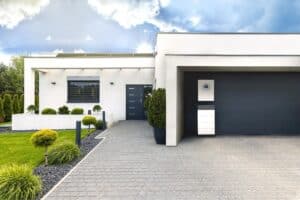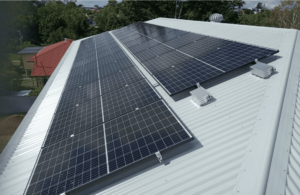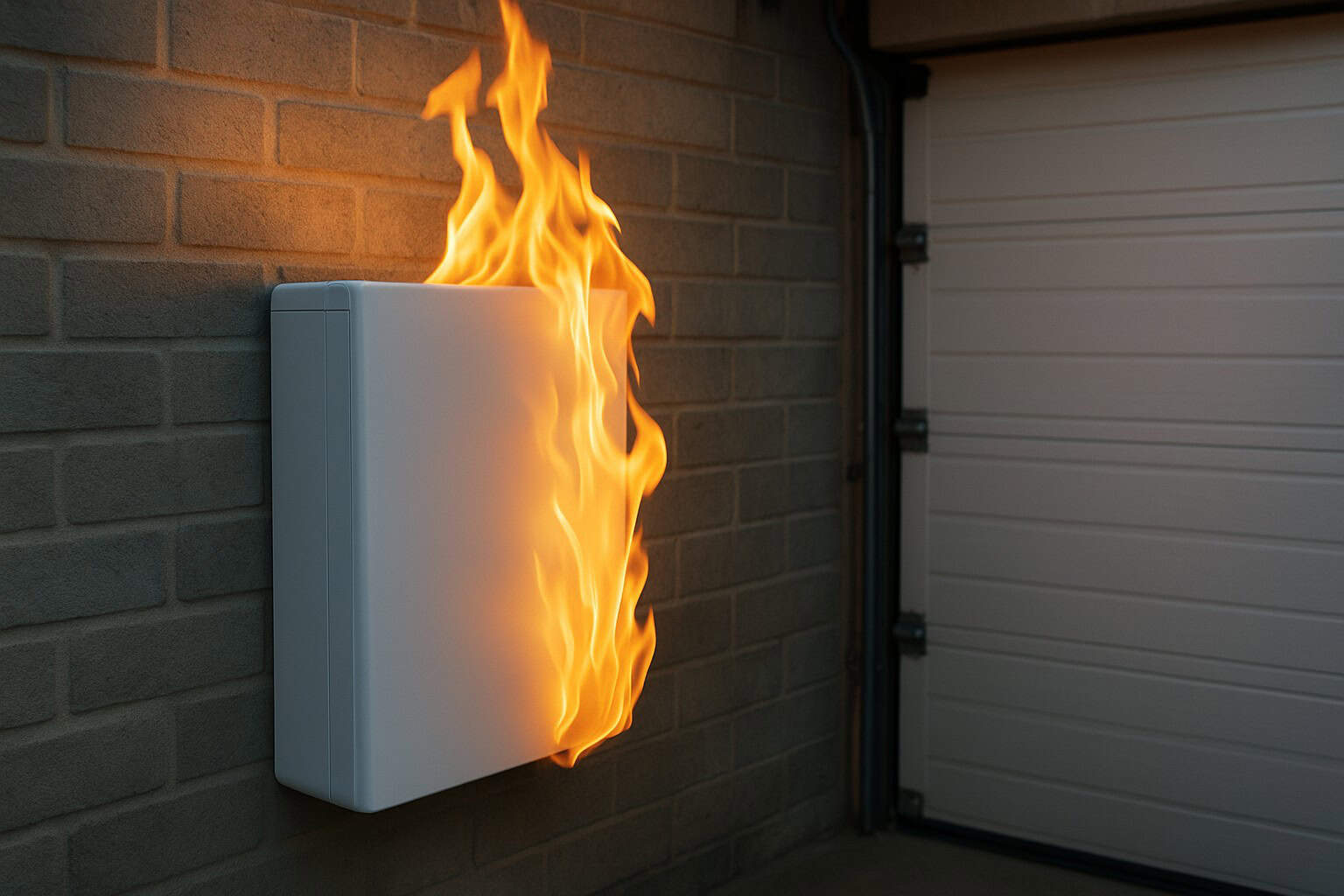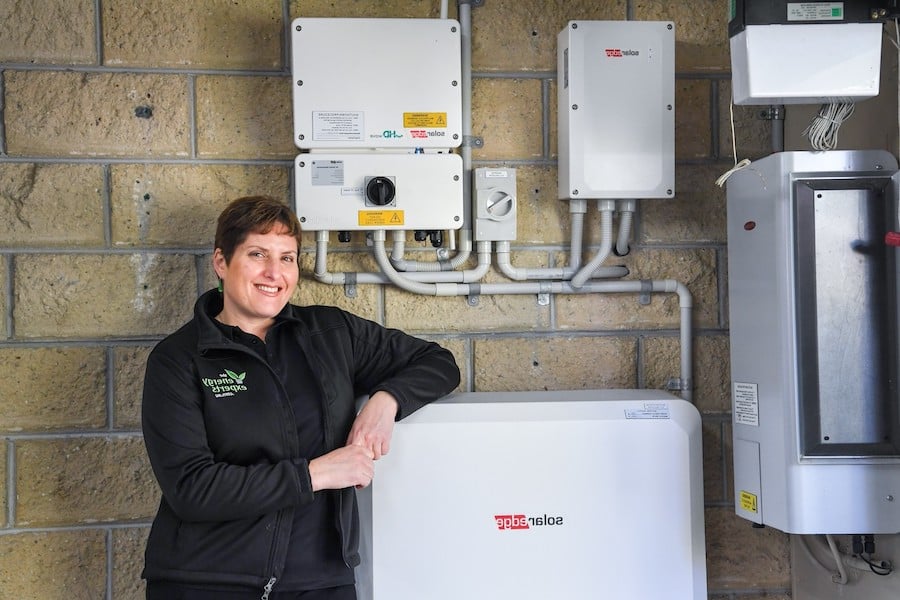
Load management devices like solar energy diverters and smart switches do just this. They facilitate greater solar self-consumption by automatically switching on specific appliances whenever there’s surplus solar energy. Think electric hot water systems, heat pumps, air conditioners, pool pumps, irrigation pumps, stock watering pumps, underfloor heating and garden water pumps. All of these appliances can run from surplus solar power whenever it’s available with the help of one of these clever devices. The grid is always there as a backup in case there’s insufficient sunlight for the appliance to do its job. eg. an electric hot water system or a heat pump will kick in at a set time in the afternoon if the desired water temperature hasn’t been reached.
It’s much smarter to ‘store’ your surplus solar energy in your hot water system with a solar energy diverter than it is to export this energy back to the grid, where the average Solar Feed-In Tariff sits at around 8c/kWh. Given the average household without batteries or load management devices will generally only consume 30-40% of the solar their system produces, exporting the remaining energy for a low Feed-In Tariff just doesn’t make sense. If instead, you divert this energy to your electric hot water system (which commonly uses between 8 – 15kWh/day), this could equate to a saving of up to 30-40% of your overall usage.
Costing just $1,100-$1500 supplied and installed, these devices are a smart and cost-effective alternative to countering the steep price hikes and are a much cheaper alternative to battery storage.
If you’d like a quote for a smart switch or solar energy diverter, which can save you up to 40% on your overall electricity bills, please get in touch. We’re here to help.















